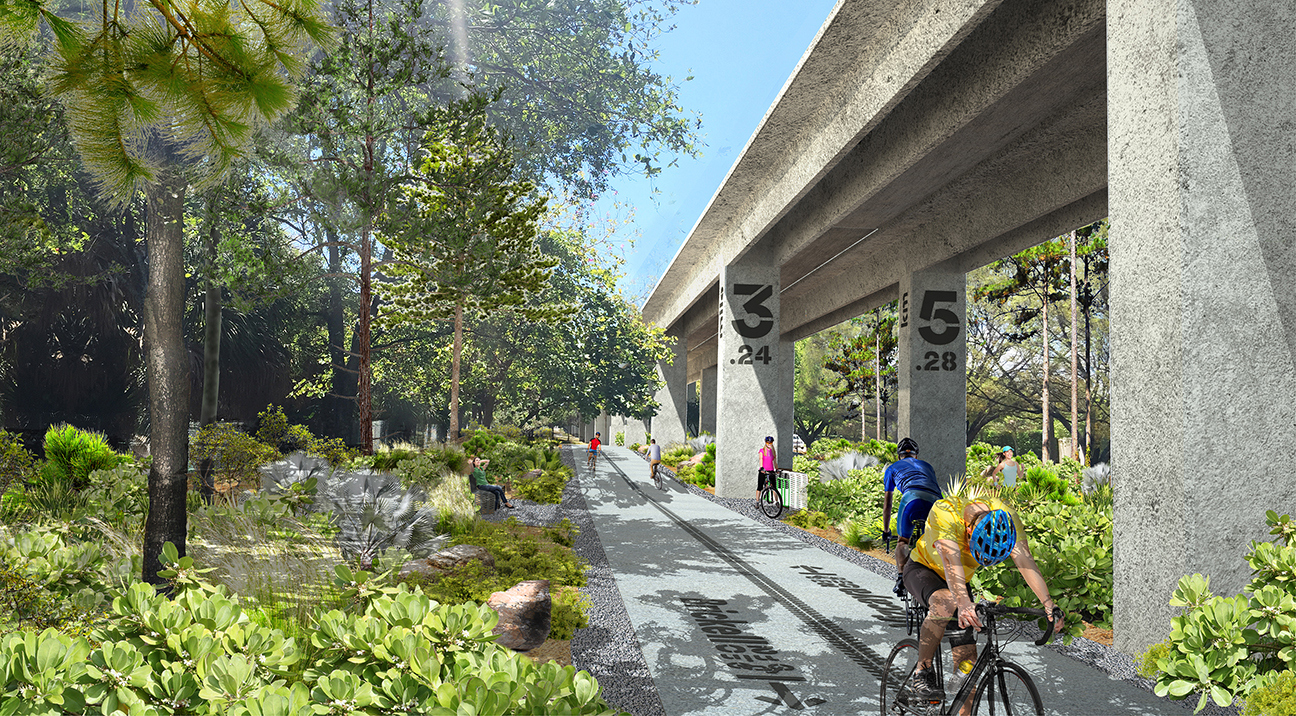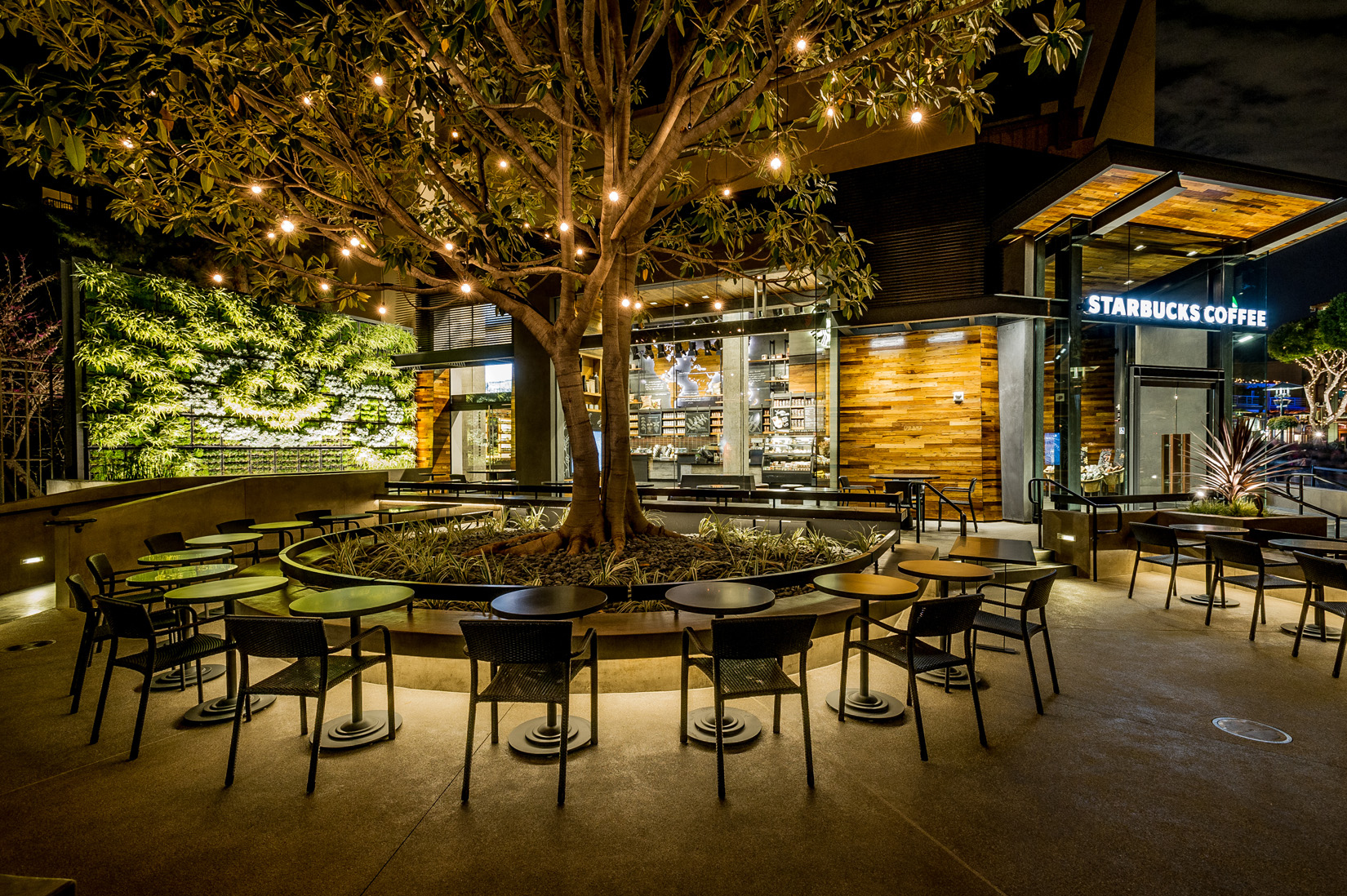Retail Development: Integrating and Expanding on the Values of its Digital Counterpart
Retail maintains a moral obligation to provide that which no other development can.
Our digital reliance has allowed for an abundance of individuality and self-sufficiency while simultaneously isolating us from reality, many opting to live in a more idealized and entertaining digital world than our real-world counterpart. We have instant access, immediate and constant connectivity, and are creatively captivated in a space that has no perceived physical realm, yet which still provides the breadth of products and services we're offered as a consumer at any given moment. We make purchases online, view competitor pricing while in-store to ensure we procure only the best and mindlessly follow a blue line telling us to turn left-right-straight-left-you're at your destination.

How many people today travel solely by a navigation system? How does that change how we interact with our environments or how does it open up flexibility in selecting a destination?
You're here, with us. Do you know how you got here or what you passed to get here?
Not usually. We want our product, we want our return on investment. We don't want to talk to anyone about it, we want to grab it and go because we've set the bar high… we've set the bar to expect that our time is valuable and therefore we should always be in a hurry, rushing towards the instant gratification from reality that our virtual counterpart provides.
Since retail has diagnosed this societal value, they've begun to implement processes to help streamline their consumer efficiencies. They've implemented self-checkout systems, augmented reality displays, and interactive help desks, and reduced individual store footprints to showrooms rather than the warehouses of old and reduced their in-store staffing accordingly. Developers have supported this movement by their tenants because the consumer driving the success of the retail tenant in turn drives the success of the development as a whole. As such, they've implemented digital wayfinding systems to help guide users to specific locations with integrated smart controls and guided search capabilities, implemented valet and pick-up only parking, and stall availability notifications for the commuting consumer.
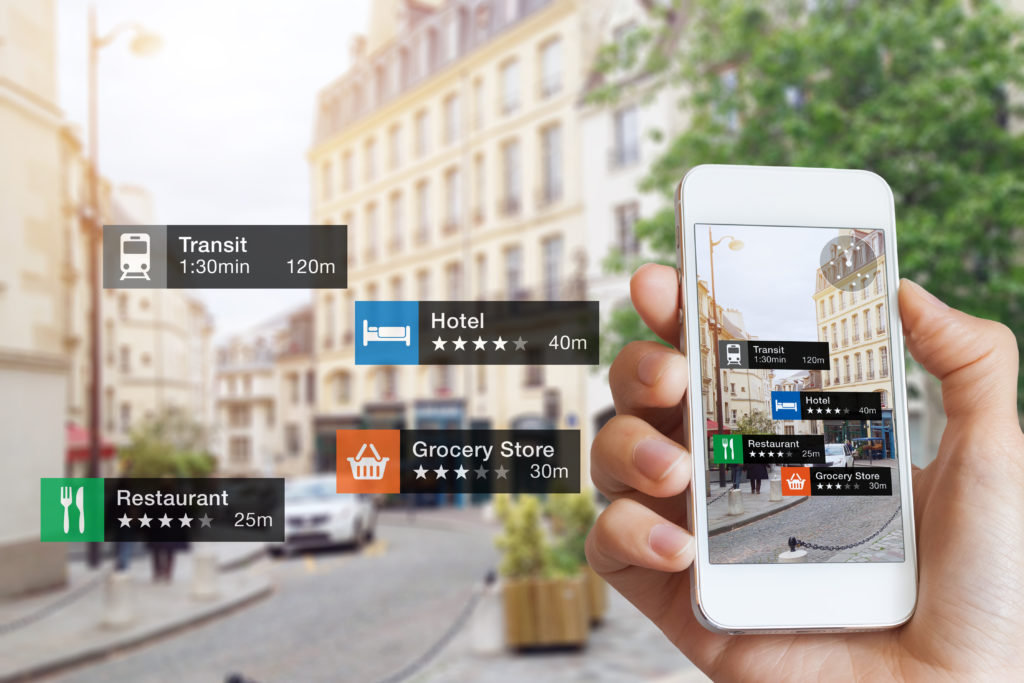
How much impact do public reviews impact your desire to become a patron of a new restaurant or store? How much do the photos of their experience sway your opinion?
The driving metric seems to be how long it takes to get from the location of the product to home upon purchase.
Despite the tone of this current value system, there is no fault in our consumer or retailer mentalities. It's simply identifying a means in which we've evolved beyond the traditional shopping experience of the past. And by understanding how the digital landscape has expanded the capabilities and altered the values of the current consumer and retailer, we may also start to foreshadow the future values these changes have opened up, and how our retail developments could, and should, start to address them.
Connection. Equity. Accessibility. Flexibility.
Creativity. Adaptability. Sustainability. Resiliency.

How do these new values translate into the physical space allocated within our future retail centers? Magnolia Flats in Riverside strives to provide an accessible and flexible, community-centric destination within its mixed-use development for residents and patrons alike to engage with and enjoy.
The digital world won't disappear, it's already far too massive and powerful of an ecosystem and tool. In fact, its capabilities will only continue to expand. Many brick and mortar retailers have moved past the idea that digital retail is a threat and have rather embraced it as a supplemental means to expand their own opportunities. It has opened the door to digital marketing, social media advertisements and publicity, encouraged direct to consumer delivery, reduced expensive real estate footprints and implemented made-to-order manufacturing processes, and increased brand awareness beyond the local community. Simultaneously, digital retail has further expanded the competition amongst retailers providing diversity that encourages individuality in consumers for each product offered.
Retail developers should also be looking this direction. They should not see digital retail as a threat to retail real estate development, but rather be looking to build on both the consumer values encouraged BY the digital landscape and the new values opened up as a RESULT OF it. In doing so, we can advance the possibilities of thoughtful and well-designed progressive retail development.
We're in a world that requires a blending of science and art to be successful, no longer should they be considered separate and disparate entities.
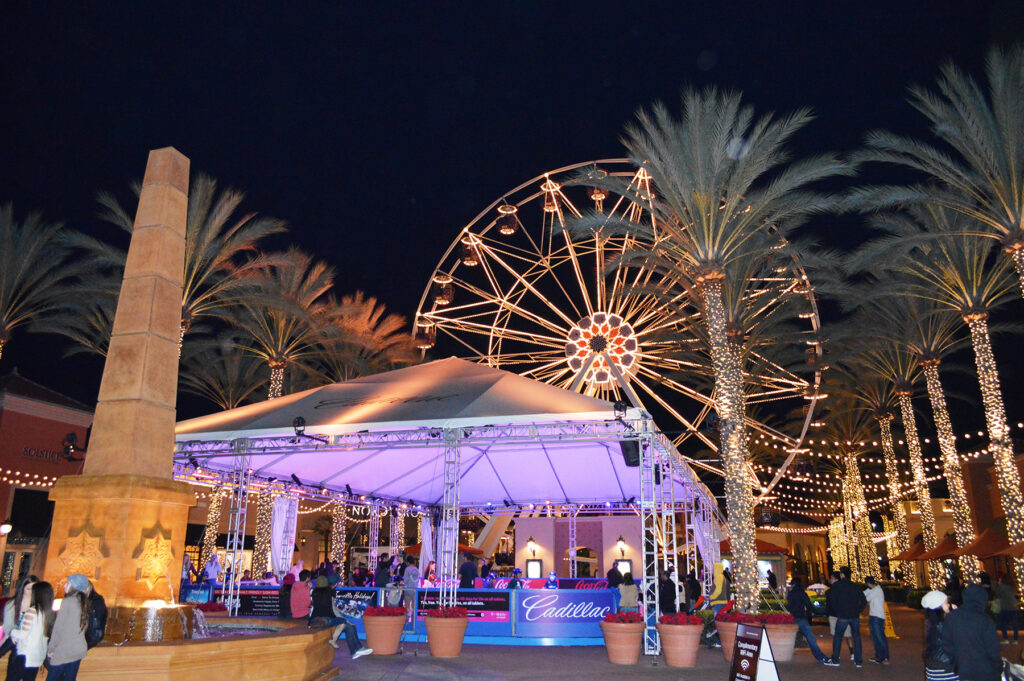
What can we do with existing or previously required tenant space if digital retail continues to promote a consolidation of its physical environment? What opportunities are available for public and social engagement within the community?
This is what makes the digital landscape so powerful. Science and art enable an integration into daily life that is able to accumulate data then analyze and translate it into immediate interactive social engagement. Science and art develop the ability to convert text into responsive visual displays that then are crafted into individualized and customized user experiences. Science and art build a world whose creativity reaches beyond the means of our current physical reality.
So how can our retail environments respond to and provide an engaging experience that builds off the values and possibilities the digital landscape has created? And what do we want it to provide that the digital landscape can't?
Our current state of affairs in which we've all been couped up and kept out of our typical social environments due to the coronavirus pandemic won't last forever. However, the prevalent role technology has played further reinforces the values we, as a society, put in our adaptability and flexibility to carry out daily operations, our emphasis on finding ways to maintain social connection, and the yearning we have for our creativity to remain inspired by our environment.
Now that these doors have been opened digitally, the physical retail landscape will need to follow suit in providing a connected, engaged, interactive, creative, and socially driven public space to drive visitors - visitors that will go for an experience, to escape their current stagnant realities and socialize with other people (perhaps both near and far). But, it can also go a few steps further and implement a new set of doors that digital retail can't physically open.
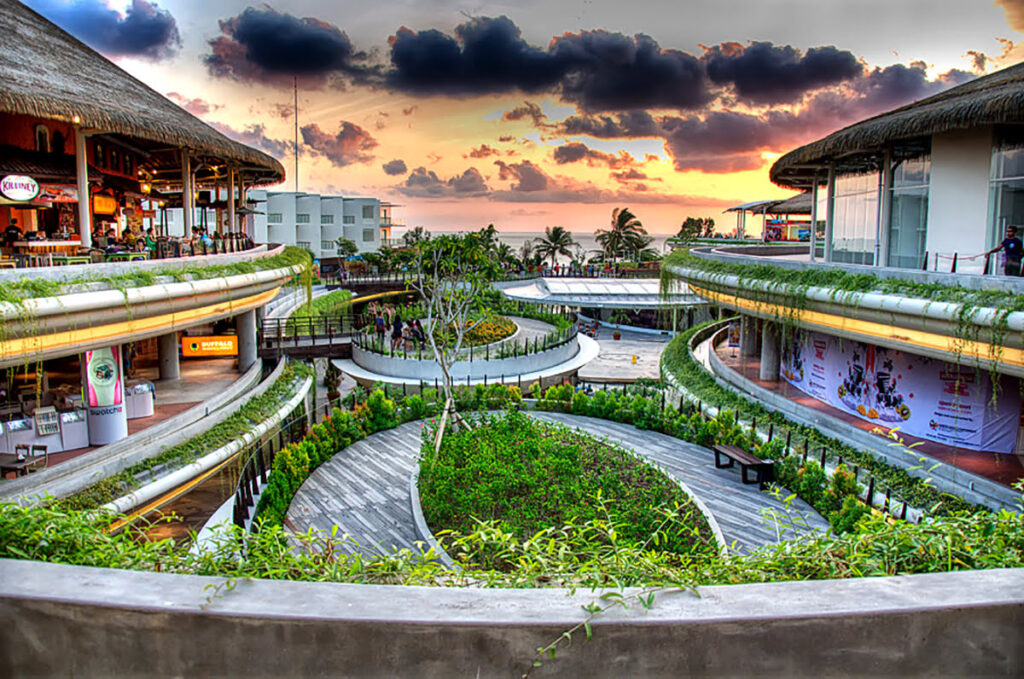
What can our physical retail environments provide that its digital retail center cannot? As our technology advances and our built environment expands, our retail environments will need to act as catalysts towards real social, ecological, and environmental stewardship.
The closure of our interior gathering spaces (restaurants, stores, malls, offices, museums, etc.) due to the pandemic - in combination with our ability to stay digitally connected to others - reduced daily commuter traffic and seemed to have reinvigorated a sense of pride previously taken for granted in our public and natural open spaces. More people looked to escape the confines of their homes or apartments in search of greener pastures that weren't closed off: nature preserves, local, state or regional parks, or simply a quaint tree-lined neighborhood street.
We started to appreciate and notice the landscape again. We recognized the difference between undeveloped and over-developed land. We noticed the contrast of sitting, walking, and relaxing near hardscape versus softscape. And we have brought to the forefront a new desire for environmentally beneficial design and construction.
This is the direction the physical retail landscape needs to head. This is the blue line our society is projecting, it's up to us to follow it. Retail needs to find a way to provide inspiration to its visitors and extend its social and environmental tendrils into its surrounding communities. It needs to host public events, double as concert halls and amphitheaters, forums and art galleries, and create customizable interactive experiences. It needs to be a destination, though not an isolated destination - it needs to be a destination of experience. And it needs to provide an environmental benefit that strives to reach beyond local jurisdictional requirements because it understands that retail now operates at the world stage.
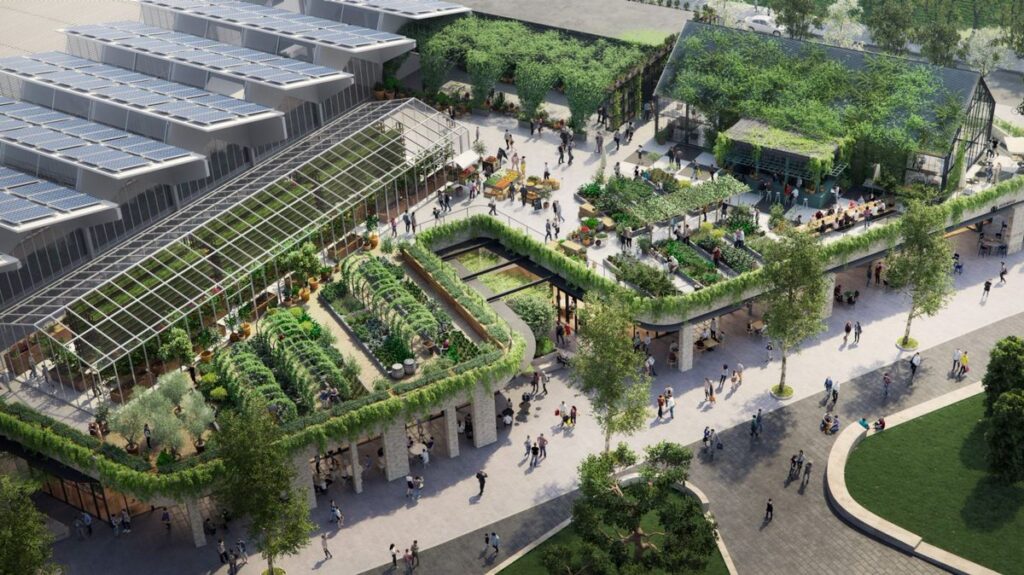
How do the values of environmental and social stewardship start to form our retail centers of the future?
At LandStudio360, we are grateful to have a diverse group of people that allow us to use each team member’s experience and network to grow. The unique circumstances of working remotely while remaining connected have encouraged our team to think strategically and expand our knowledge of the industry and possible ways to re-think exterior spaces going forward.
We're here to help assess design challenges and provide creative solutions for this constantly changing world. Connect with us and let's get working together.

